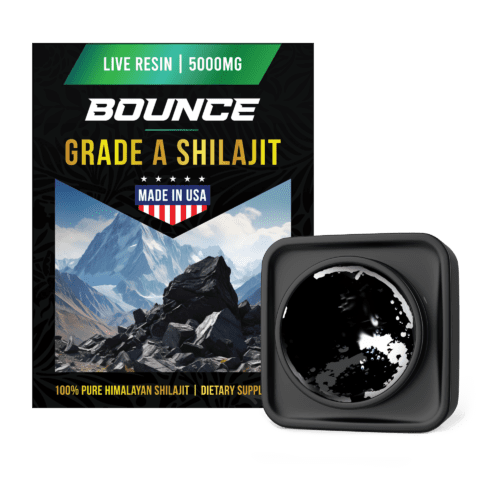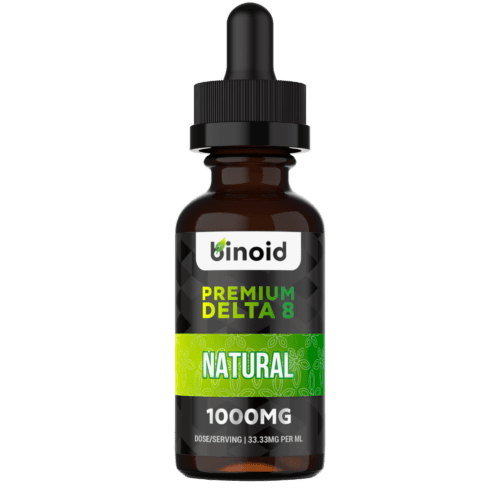
Altai Shilajit vs. Himalaya Shilajit
Shilajit is a sticky black substance that is sourced from layers of rock in the Himalayan Mountains and other high-altitude mountain regions around the world. It goes by many other names based on regional differences, including “moomiyo,” “silaris”, “mumie”, and “rasayana”. Historically, it’s best known for being a major component of ayurvedic medicine, as even today, it’s an extremely common ingredient therapeutically, with evidence of its use dating back 5000 years.
So, where does shilajit come from? Its chemical composition is very similar to humus, which is the variety of beneficial compounds present in our soil, which result from the decomposition of plant matter. When observed more closely years ago, shilajit was found to possess plant residue, along with resins and gums.
The plant residue was found to come from nearby plant life that, after dying, mixes with water. The resin of the plant then washes along the soil and finds itself mingling with organic elements and minerals in these mountainous regions, until it evaporates and becomes a crust that stays stuck within crevices of the mountain’s rock formations. Limestone is believed to play a role in enhancing its chemical makeup and allowing it to harden into the shilajit that we know.
Plus, as shilajit ages in these rock crevices, its chemical composition evolves over millions of years. The exact mechanisms involved in this process remain unknown.
TO BUY SHILAJIT PRODUCTS CLICK HERE
What is Altai Shilajit (Mumiyo)?
Hailing from the Altai Mountains, which range from West Siberian Plain to the Gobi Desert below Mongolia, Altai Shilajit goes by several names, including “mumiyo”, “mumijo”, “mumie”, “myemu”, “momio” or “mummy”, which means “to save or preserve the body.” This tells us just how highly regarded it’s been in this region of the world for millennia.
Altai shilajit is mostly harvested in Siberia, as it’s believed to offer the highest concentration of unique minerals and organic acids. Mumiyo is typically found at altitudes of 10000 ft – 14000 ft., where it’s then harvested at designated harvesting stations, adjacent to regions of the mountains that have never been touched by mankind due to extreme conditions.
When water flows through this mountain range in the summer, mineral exudate from mineral-rich rocks breaks down and makes its way into the water, coexisting with many other organic substances and minerals. These enriched waters then work their way into rock crevices, ending up stuck in caves. At a certain point, this runoff, leaving behind raw Mumiyo in the form of crusts or deposits that become harder and darker in color with age.
-
Product on sale
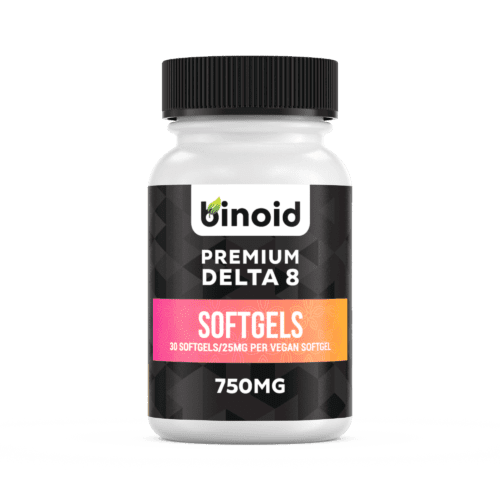 Delta 8 THC Capsules 750MG$31.99
Delta 8 THC Capsules 750MG$31.99$69.99
The locals of the Altai regions have been using shilajit medicinally for thousands of years, after developing a key harvesting method to make it easily consumable. The steps are as follows:
Step #1: This raw form would be taken straight from the mountains and purified via the mountain streams.
Step #2: It’s dissolved, kept at a low temperature and left to sit, thus permitting the larger particles to rise to the top prior to being drained off.
Step #3: Then it’s sieved through multiple sieves, as this removes any finer particles.
Step #4: Getting dried (nowadays usually done using modern technology to evaporate moisture from the mumiyo at a controlled temperature rather than using a glass structure to just seal in the air until it was ready). This is dependent on the quantity of evaporation or how much it’s concentrated, as the finalized result is either a liquid, resin, or powder form.
-
Product on sale
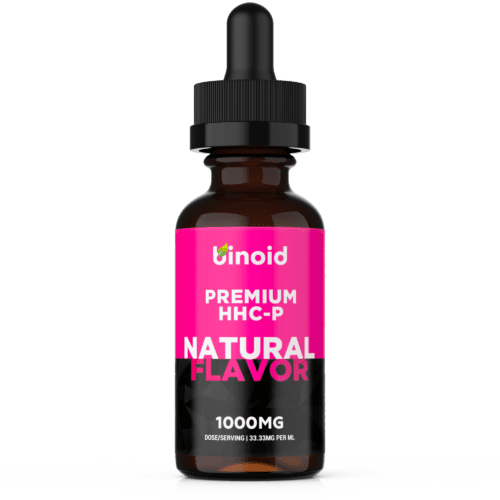 HHC-P Tincture – 1000mg$30.99
HHC-P Tincture – 1000mg$30.99$79.99
At the end of the day, Altai shilajit has some differences in terms of its chemical composition from Himalayan shilajit, which has a lot to do with the altitude of the mountains. Altai Shilajit is classified as “grade B” shilajit by some users, because of this, as a lower altitude means a lower concentration of beneficial compounds. Basically, the high altitude plays a critical role in the fermentation process that concentrates these minerals. Basically, Altai shilajit is considered to be less potent, although effective, which means requiring more of it for identical effects.
What About Himalayan Shilajit?
Derived from the Himalayan Mountains, Himalayan shilajit, aka “Silajeet”, “Shilajeet”, “Silaras”, or “Shilajatu”, is harvested just like Altai shilajit in terms of the steps that are taken. Except, it’s harvested at a higher altitude, due to differences in the geographic locations.
The Himalayan Mountain range rests squarely south of the Altai mountains, bordering the Tibetan Plateau (China), Bhutan, Nepal, Northern India and Pakistan. The Himalayas are home to some of the farthest reaching mountains on the planet. For example, Mount Everest stands up to ±29000 ft at its tallest point. Anyway, the Shilajit in the Himalayas is usually collected at 16000 ft -19000 ft., which is still much higher than the shilajit collected from the Altai range in Siberia.
-
Product on sale
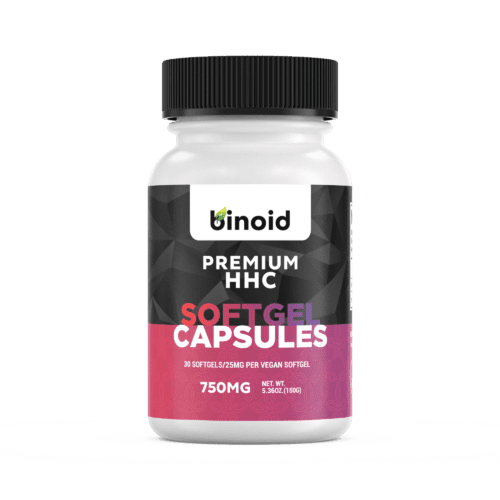 HHC Capsules 750MG$30.99
HHC Capsules 750MG$30.99$74.99
Himalayan Shilajit is what you’ll find more information on when looking through historical records on the substance, and is more closely linked to both Hindu mythology and the ancient Ayurvedic medical system. The history of shilajit in a medicinal context goes back 5000 years, at least, and originates from the high altitudes of mountain ranges in India, Central Asia, China, Iran, and a handful of other countries in the middle east. Historical records confirm that these regions of the world have maintained shilajit for therapeutic purposes. Most importantly, it’s believed that the highest-quality shilajit comes from the Himalayan mountains, and because of that, you will find that most shilajit on the market is sourced from this part of the world. The concentration of beneficial compounds is simply higher, as evidenced in its darker color, offering a more powerful product.
As in the Altai, Himalayan shilajit develops from soil runoff during the rainy summer season, which mixes with minerals from the rocks before getting caught in crevices. One exception is that Ayurvedic physicians, historically, have prepared shilajit differently, often by blending it with other medicines to amplify their overall value.
-
Product on sale
 The BFG – 3000mg Delta 9 THC Gummy$128.99
The BFG – 3000mg Delta 9 THC Gummy$128.99$239.99
Now, there are a vast array of unique purification shilajit methods via the Ayurvedic approach. The most common, traditional methods involve boiling the shilajit, sometimes with other medicinal herbs, i.e., Triphala or Moringa seeds.
Keep in mind though, boiling the shilajit is no longer viewed as ideal. The reason why is that boiling it cooks out the bulk of vital nutrients, as they evaporate into the air. Scientists looking at commercial Indian Shilajit preparations have confirmed this fact over the years.
This shows us that modern technology has done wonders in replacing outdated traditional methods with proper processing under stringently controlled conditions, to offer shilajit that’s both as safe and effective as possible. There are a few good suppliers of Himalayan Shilajit who avoid overheating it, to ensure that it maintains its legendary potency. As long as it’s not boiled, Himalayan shilajit is regarded as the finest form of shilajit to have, since, as mentioned earlier, it’s amassed from the highest altitudes, to offer higher potency of key beneficial compounds.
And the Winner is…
Although shilajit from the Altai mountains offers undeniable benefits, Himalayan shilajit has the clear winning edge. So, if you’re interested in trying shilajit that comes from this lauded region of the world, explore the Shilajit Live Resin products at Bounce Nutrition. It comes directly from the Himalayas, and has undergone extensive third-party testing to verify its superior quality and purity

